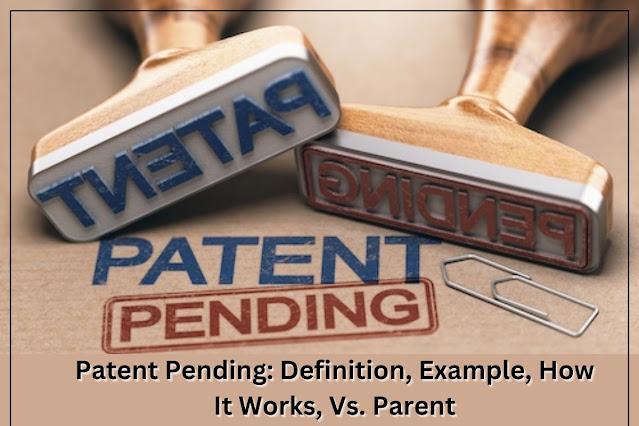How To Turn Your Idea into a Product in 10 Steps
The first step to
becoming a leading entrepreneur is to have a good idea
for invention. When it comes to
releasing a product to prospective customers, it takes a lot of work and
ingenuity. You can better determine whether creating products is the right
career choice by learning more about invention idea and assembly
procedures.
Making a product idea a reality
1. Develop your concept
Having discovered a viable product idea, refine it. Your product may inform what type of manufacturer you should hire in the future based on its classification, as an industrial item for a construction process versus a consumer item for everyday consumers.
2. Conduct patent research
You can only patent my idea if it has an original function or scope, which you can discover on the United States Patent and Trademark Office (USPTO) website. Similarly inventing an idea can be altered and targeted at a different industry area if you find them in the database. Search the database thoroughly by entering all relevant keywords.
3. Research your idea's market
Conduct a thorough analysis of your target market. Research relevant websites, including social media and blogging platforms, to determine if anyone is interested in a similar concept. Potential buyers, designers, and manufacturers may also be interested in discussing a product idea at trade shows related to its industry.
4. Design a model of the product
Sketch the product using a digital art program or make a physical drawing. Technical specifications, such as preferred materials or installation requirements, may be helpful, depending on your knowledge of mechanical terms. In the following phase, you can either make a prototype using simple materials or make a 3D model by using computer-aided design (CAD) software. Instead of creating the product model yourself, you can hire a CAD specialist.
5. Build and test a prototype
The first step is to create a working invention prototype, adjust the design as needed, and verify that it works as intended.
6. File a patent application
A working prototype
can be patented after it has been completed. It is important to determine
whether the item should be protected by a utility, the patent company, which governs
how it works, or by a design patent, which protects only its aesthetics. To
help prevent your design from being copied in the future, you may want to hire
a patent lawyer or another specialist in the industry to write the application.
7. Prepare a business plan
Make sure you decide whether you want to sell your products or license them to other companies. You may have more control over the process if you sell it yourself rather than licensing a product.
8. Start the production process
Consider testing some product samples before submitting an official order request to a manufacturing company with your design. If you want to make sure that your sample matches the functional and aesthetic design, you may want to use your quality control process. Also, you can negotiate things like shipping expenses, customization options, or production timelines. Your target market will benefit from some marketing of a product at this stage.
9. Gain funding
Your business plan can help you locate funding sources if you want to start a company to manufacture a product. Private investors who have access to multiple resources and show interest in your product may be interested in your proposal. As a potential investor, you can also speak to your peers or family members.
10. Find a manufacturer
Identify a company or
service capable of mass-producing your product. Using a domestic supplier may
allow you to have more control over the manufacturing process. On the other
hand, using an international supplier may lower your costs. A referral from
another business owner or an industry-specific network may be helpful if you
need help finding a supplier. A manufacturer's specification directory can also
be found online.


.jpg)

Comments
Post a Comment